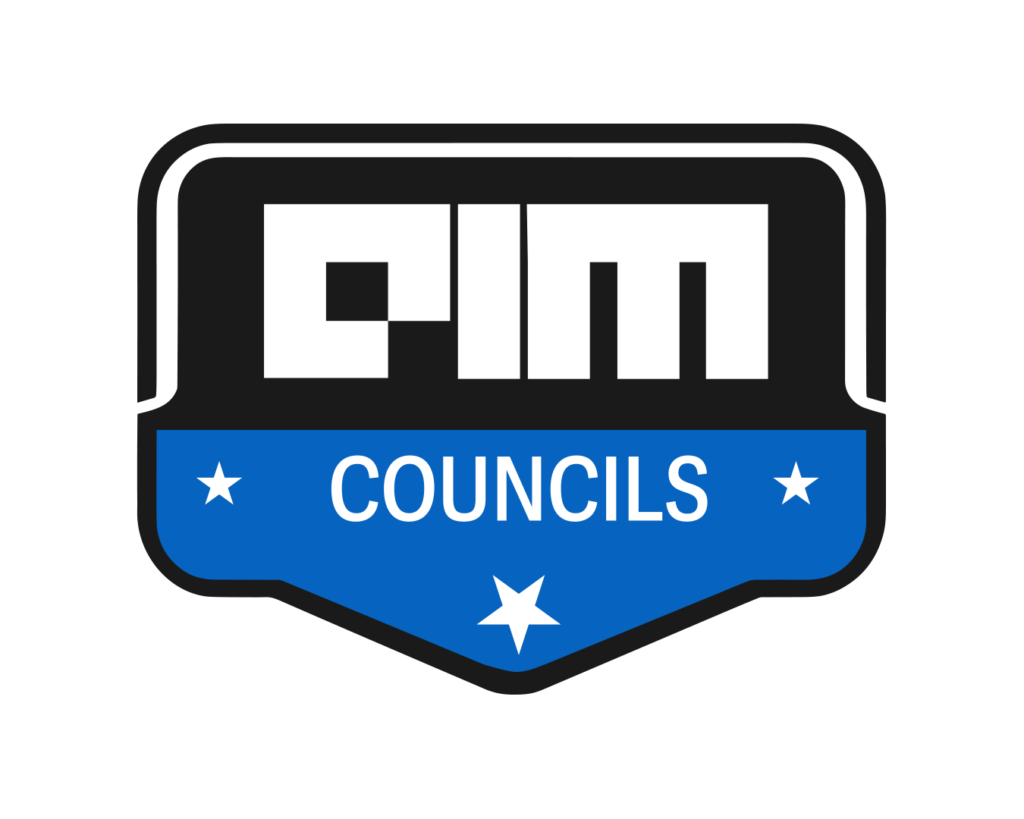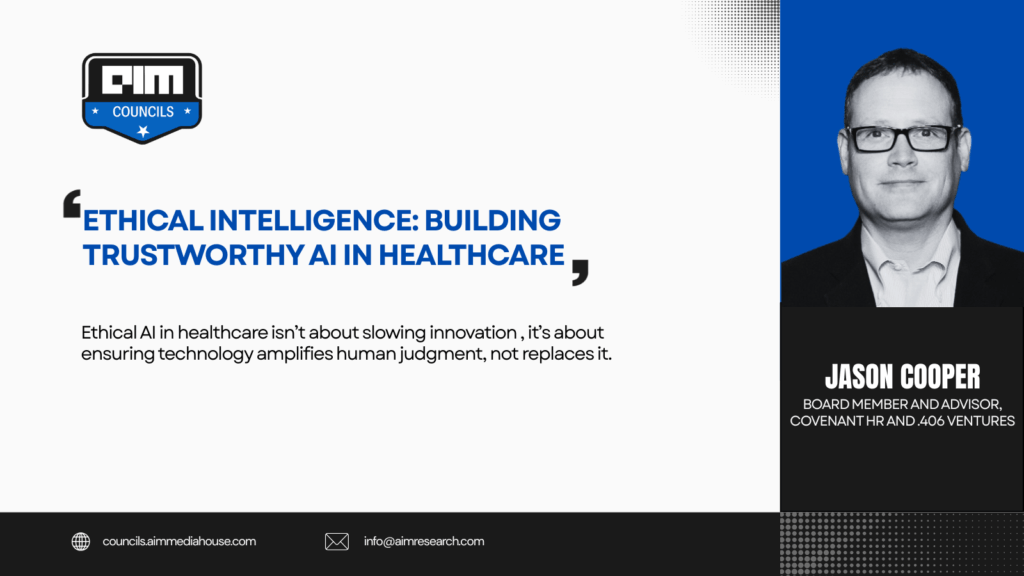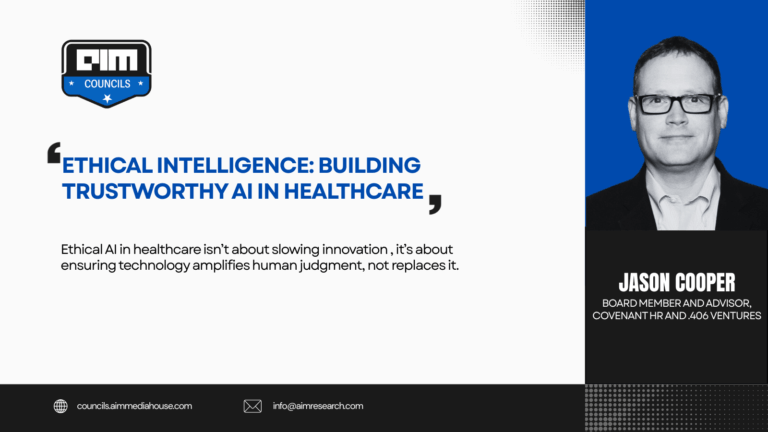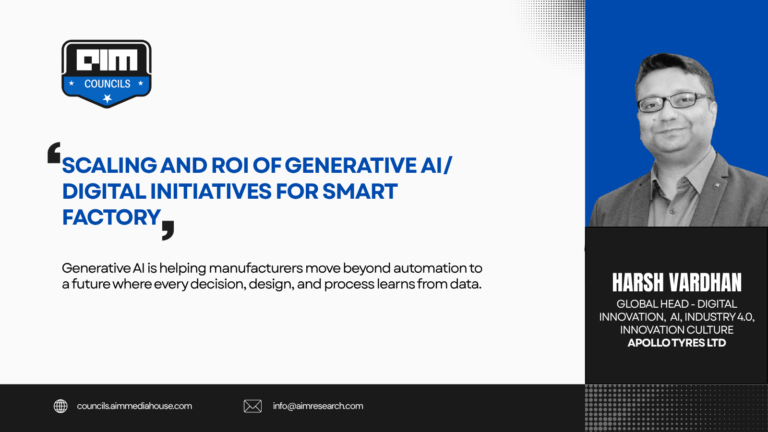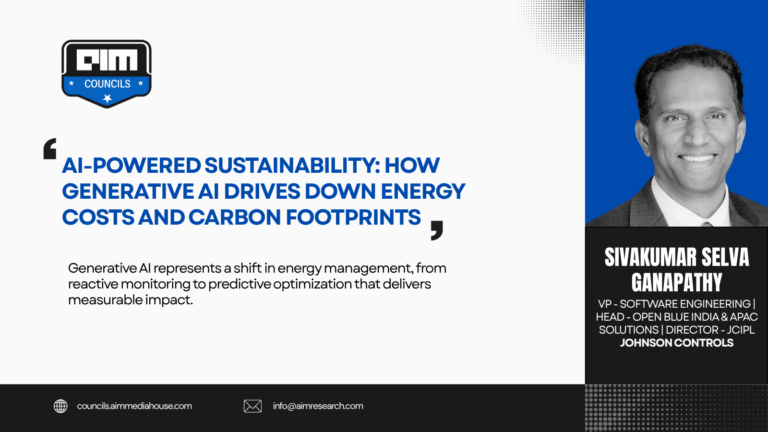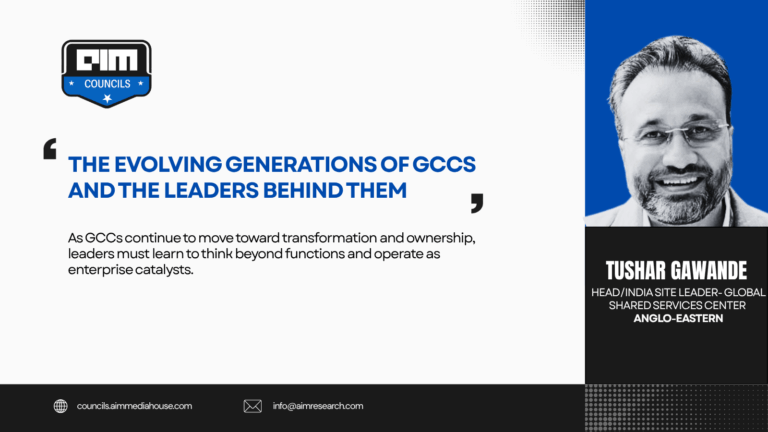Artificial intelligence is transforming healthcare, from diagnostics and drug discovery to patient engagement and administrative efficiency. Yet, this transformation raises profound ethical questions. Responsible AI in healthcare is not just about compliance or risk mitigation; it’s about building trust. Trust from clinicians, who must rely on algorithms to support life-changing decisions, and trust from patients, whose data and wellbeing depend on how these systems are designed, trained, and deployed. When AI systems operate as black boxes, or when models amplify human and data bias, the credibility of both the technology and the institutions behind it erodes. The central challenge, therefore, is ensuring that AI innovation advances patient outcomes while remaining explainable, equitable, and accountable, thus preserving the integrity of medical judgment and the dignity of those it serves.
The Moral Imperative of Responsible Innovation
AI has extraordinary potential to improve access, quality, and efficiency in healthcare, but innovation without ethics is fragile. Responsible innovation begins with the principle of beneficence: doing good while avoiding harm. When an algorithm recommends a diagnosis or predicts disease progression, the stakes are measured not in convenience but in human lives. Ethical AI requires proactive consideration of unintended consequences, from over-reliance on automation to loss of clinical empathy.
Developing ethical AI is not solely the domain of data scientists; it is a shared moral enterprise involving clinicians, policymakers, and technologists. Organizations that embed ethical review early, during data sourcing, model design, and clinical integration not only prevent harm but also accelerate trust and adoption. Ultimately, the goal is not to replace human decision-making but to amplify human judgment with systems that are transparent, interpretable, and patient-centered.
The Bias Challenge: Hidden Inequities in Data and Design
Bias is the silent fault line in healthcare AI. Even the most sophisticated model is only as fair as the data, and the humans, behind it. Inherent data bias arises when training datasets underrepresent certain populations, leading to inequitable performance across race, gender, age, or socioeconomic status. Human curation bias occurs when the people labeling or selecting data unconsciously encode their own perspectives, reinforcing systemic disparities. And algorithmic bias can emerge when optimization choices or feedback loops amplify these distortions over time.
These biases are not theoretical; they manifest in real clinical settings, from diagnostic tools less accurate for various skin tones to predictive models that underestimate risk in marginalized groups. Ethical AI demands vigilance: diverse data collection, bias audits, explainability testing, and inclusion of cross-disciplinary ethics committees. Addressing bias is not just a technical correction, it’s a moral and social obligation to ensure that AI elevates, rather than exacerbates, healthcare equity.
Governance and Accountability: Building the Framework for Trust
Trustworthy AI requires structure. Ethical governance provides the guardrails that transform AI from an experimental tool into a clinical partner. Leading organizations are establishing AI ethics committees, similar to institutional review boards, to oversee data provenance, model validation, and deployment standards. Industry initiatives such as the Coalition for Health AI (CHAI) and the European Commission’s AI Act are advancing frameworks that emphasize transparency, human oversight, and continuous monitoring across healthcare systems.
Accountability must extend beyond compliance documents. It should be visible in how AI is tested, audited, and communicated to end users. Clinicians should understand how an algorithm arrives at its recommendation; patients should know how their data is used. Furthermore, post-deployment model drift monitoring ensures that system performance remains reliable as populations and care patterns evolve. Governance is not bureaucracy, it’s the infrastructure of trust, ensuring that innovation proceeds with both confidence and conscience.
Early Predictive Modeling at NIOSH: Forecasting Black Lung in Coal Miners (circa 1991)
Decades before “artificial intelligence” became a healthcare buzzword, predictive modeling was already being explored as a tool for disease prevention. In 1991, while working as an undergraduate computer science student at the National Institute for Occupational Safety and Health (NIOSH), I developed the computational component of an applied mathematical model designed to predict the onset of pneumoconiosis (black lung disease) in coal miners.
The model analyzed inhalation and exhalation lung volume data captured using a novel aerosolized corn oil technique, an approach that enabled researchers to estimate lung function and particulate retention in real-world mining conditions. Working closely with PhD-level scientists, I coded the system that transformed these physiological measurements into probabilistic risk predictions, effectively creating an early decision support framework for occupational health screening.
While simple by modern standards, this collaboration highlighted many enduring principles of ethical AI: the critical role of data quality, scientific transparency, and human validation. Even then, it was clear that predictive systems must complement, not replace, expert clinical judgment. The experience reinforced a lesson that remains foundational today: trustworthy models are born from scientific integrity, diverse expertise, and a shared moral responsibility to protect human health.
Neural Network Modeling for Cholesterol Management (circa 1997)
During graduate studies in computer science — with a focus on highly parallel processing systems and neural networks — I developed an early neural network model to predict optimal treatment paths for adult cholesterol management. Using a prior National Institutes of Health (NIH) cohort, the dataset included two patient groups: one referred to physicians (resulting primarily in medication-based therapy) and another referred to dietitians (resulting primarily in lifestyle modification).
Each record contained basic biometrics: age, gender, height, weight, initial cholesterol level, referral type, and final cholesterol outcome. The goal was to train a neural network to identify which pathway, pharmacological or dietary, would likely yield the greatest total cholesterol reduction for each individual.
While the model demonstrated predictive promise, it also underscored enduring ethical lessons: the influence of selection bias, the importance of interpretable outputs, and the risk of overfitting to population-level trends rather than individual context. Even in this formative era of AI, the exercise revealed that clinical prediction is as much about human responsibility as it is about computational accuracy, a principle still guiding ethical AI design today.
Conclusion
Ethical AI in healthcare is not a constraint on innovation, it’s a catalyst for sustainable progress. The future of healthcare will depend on how responsibly we balance computational intelligence with human values. As algorithms become more integrated into clinical workflows, leaders must insist on transparency, fairness, and accountability as non-negotiables. Building ethical AI is less about technology maturity than about organizational maturity — the willingness to align data science with compassion, governance, and equity.
By embedding ethical principles into every stage of AI design and deployment, we ensure that these tools serve their true purpose: empowering clinicians, protecting patients, and strengthening trust in the most human of all enterprises, the practice of healing.
